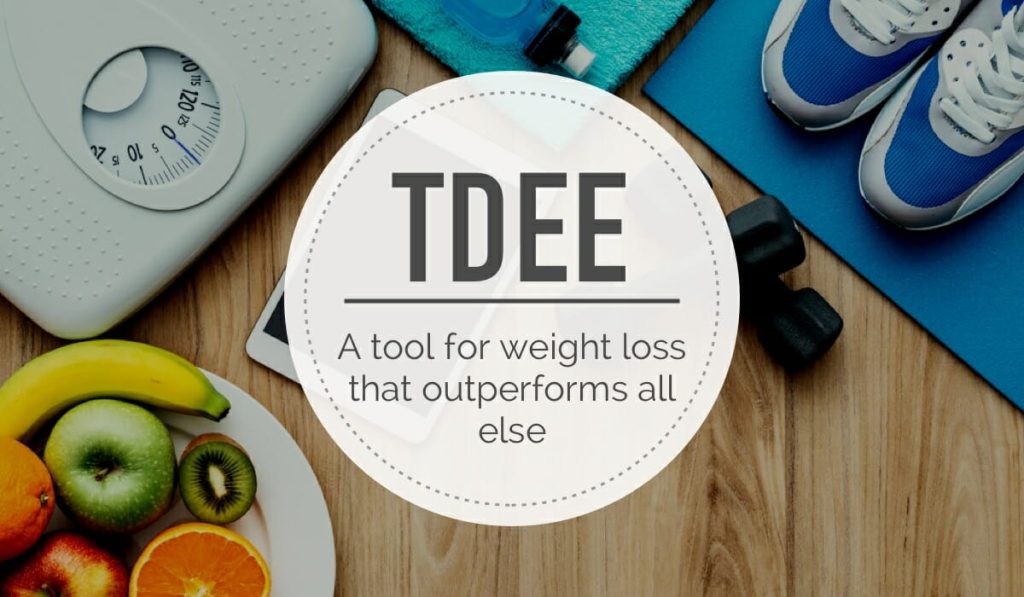If you’re looking to lose weight, gain muscle or just get your health under control, knowing your TDEE calculation with the help of a TDEE calculator can be a big help. While many things contribute to your overall health, such as genetics and lifestyle choices, it all starts with how many calories you burn each day. Here they’ll take an in-depth look at how the body uses energy and how this affects your daily activity levels.
Basal Metabolic Rate (BMR)
Your Basal Metabolic Rate (BMR) is the number of calories you burn when you are at complete rest. BMR can be measured using a formula, but it’s also possible to estimate it by looking at your weight and height.
A low BMR means you have difficulty losing weight, while a higher BMR shows that your body requires more energy to stay alive. A high BMR is often caused by an overabundance of muscle mass or an increased metabolism due to frequent exercise or other physical activity.
Body Fat Percentage
Body fat percentage is the amount of fat relative to your total body weight. It’s calculated by dividing your weight by the sum of your height and weight.
Calculating this number calculates how much fat you have on your body compared to other organs, like muscle or bone. For example, if someone weighs 150 pounds but has 25 pounds of fat on their body and 125 pounds of lean muscle mass (or any other combination where the sum is not equal to 150), then their body fat percentage would be 25%.
Activity Level
If you’re the type of person who gets up at 5 a.m. to head to the gym, takes weekend hikes and plays basketball at lunchtime, then your TDEE will likely be higher than that of someone with a more sedentary lifestyle.
In fact, if you’re significantly more active than average (for example: walking 10 miles per day), then it may be worth adjusting for this in your calculations so that you don’t end up eating more calories than necessary.
“If you want to lose weight, you need to eat lesser calories than your TDEE,” as Legion Athletics experts say.
Lifestyle Choices
Once you know your TDEE, it’s time to figure out your lifestyle choices and how they will affect your weight loss goals.
- One of the most common reasons people fail at losing weight is sticking with their diet plan longer. To lose weight, you need to eat fewer calories than your body burns daily. But when people start eating less food than their bodies need (and even less than they’re used to), they get hungry faster and end up feeling deprived or miserable when they don’t get enough food in them.
- The best way they have found for avoiding this problem is by gradually decreasing your calorie intake over time rather than switching right away from a normal diet into one that’s meant for weight loss only—say, going from 2500 calories per day down below 2000 without adjusting anything else about your habits first.
TDEE should never be used in isolation to make decisions about your health. It’s a very useful tool, but it only gives you some of the information you need to make an informed decision about your body. Other things to consider include body composition and lifestyle choices (sleep, stress levels etc.).

